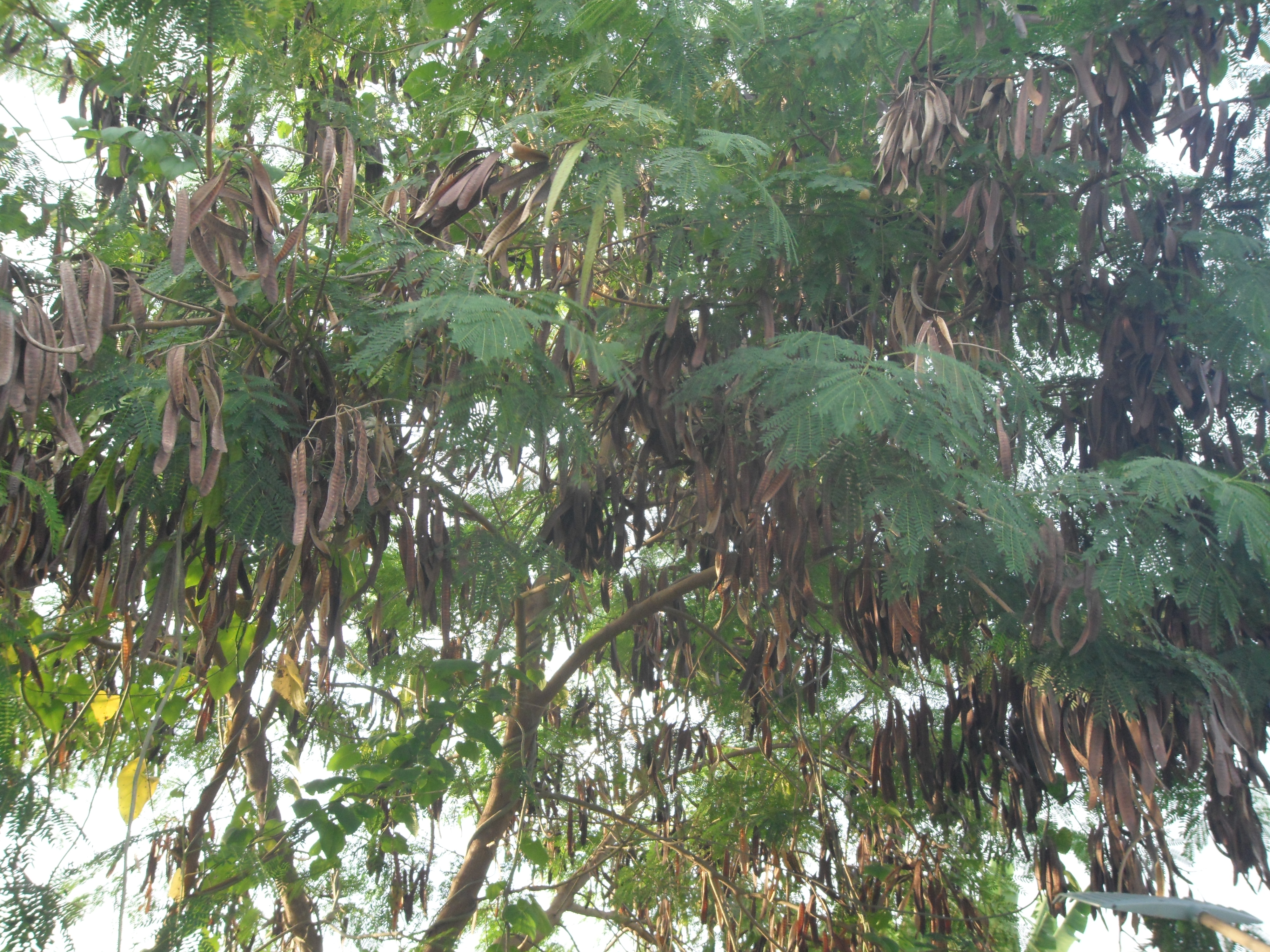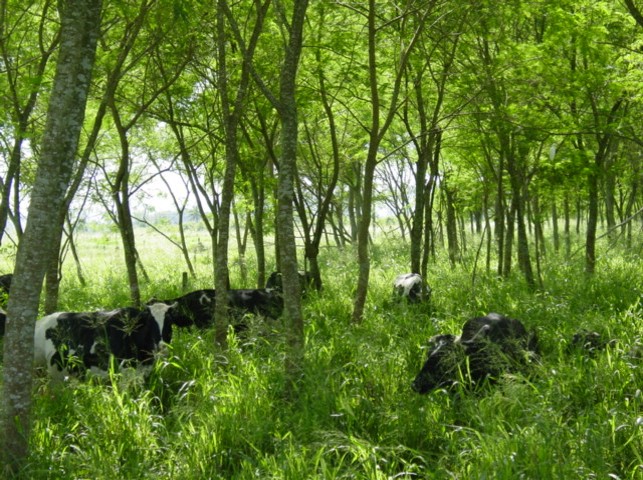Forage legumes are a diverse group of plants belonging to the fabaceae family that are grown specifically for the production of fodder, that is, feed for livestock, they are characterized by their ability to fix atmospheric nitrogen through a symbiosis with bacteria of the genus Rhizobium, which makes them a valuable component of livestock production systems.

Forage legumes usually have a high nutritional value, in the content of proteins, vitamins and minerals, which makes them a high-quality feed for livestock, it also improves soil fertility thanks to its ability to fix nitrogen, legumes enrich the soil with this essential nutrient, reducing the need for synthetic nitrogen fertilizers, which contributes to sustainability by reducing dependence on synthetic fertilizers and improving soil health, forage legumes contribute to the sustainability of livestock production systems.
There is a wide variety of forage legumes adapted to different climates and soils, which allows their use in various regions of the world, their consumption can be direct, that is, livestock consumes the legumes directly in the field, they can also be supplied as fodder through the forage conservation method such as silage where the forage material is fermented to be preserved over time without losing the quality it presents.
The use of grass and legume associations in forage areas offers multiple benefits, but also requires considering some key aspects to ensure its success and maximize its advantages, among the aspects we can mention the adaptation to climate and soil, that's why grass and legume species should be chosen that adapt to the climatic and soil conditions of the region, compatibility is another important aspect since, the selected species must be compatible in terms of growth, competition and nutritional requirements and of course to consider the use that will be given to the species, that is, the production objective that can be direct grazing, silage among others.

In order to maintain the legume species on the forage surfaces, a rotational grazing system can be established that allows rest periods for the recovery of the legumes, in the same way avoiding excessive grazing, which can damage the plants and reduce their regrowth capacity. Also adjust the intensity of grazing to maintain a balance between grasses and legumes, avoid selective grazing that favors the consumption of grasses and decreases the presence of legumes.
With legumes, various strategies for animal feeding can be implemented such as protein banks with legumes, which is an animal feeding strategy that consists of growing forage legumes in high density inside the paddock to provide a concentrated source of protein to animals, especially ruminants, are areas of intensive cultivation of forage legumes, designed to maximize the production of protein-rich biomass, they are used to supplement the diet of animals, especially in times of grass shortage or when it is required to increase the protein content in the diet.

As you can see, dear readers, fodder legumes represent a fundamental pillar for sustainable livestock production and ecosystem health. Their ability to fix nitrogen, their high protein content and their contribution to improving soil structure make them an invaluable resource. forage legumes are an essential tool for sustainable livestock production, offering benefits for both animals and the environment.
Thank you for reading our articles, until a next publication.
| Bibliographic references |
|---|
- Clavero, T. (1998). Feeding strategies for tropical livestock. University of Zulia, Maracaibo: Venezuela.
Sources
- Photography and images: All photographs are the property of the author @amestyj.
- Agrotecnia banner: made by the author @amestyj with own images
- Hive Banner: Designed by the author @amestyj with image owned by hive.


